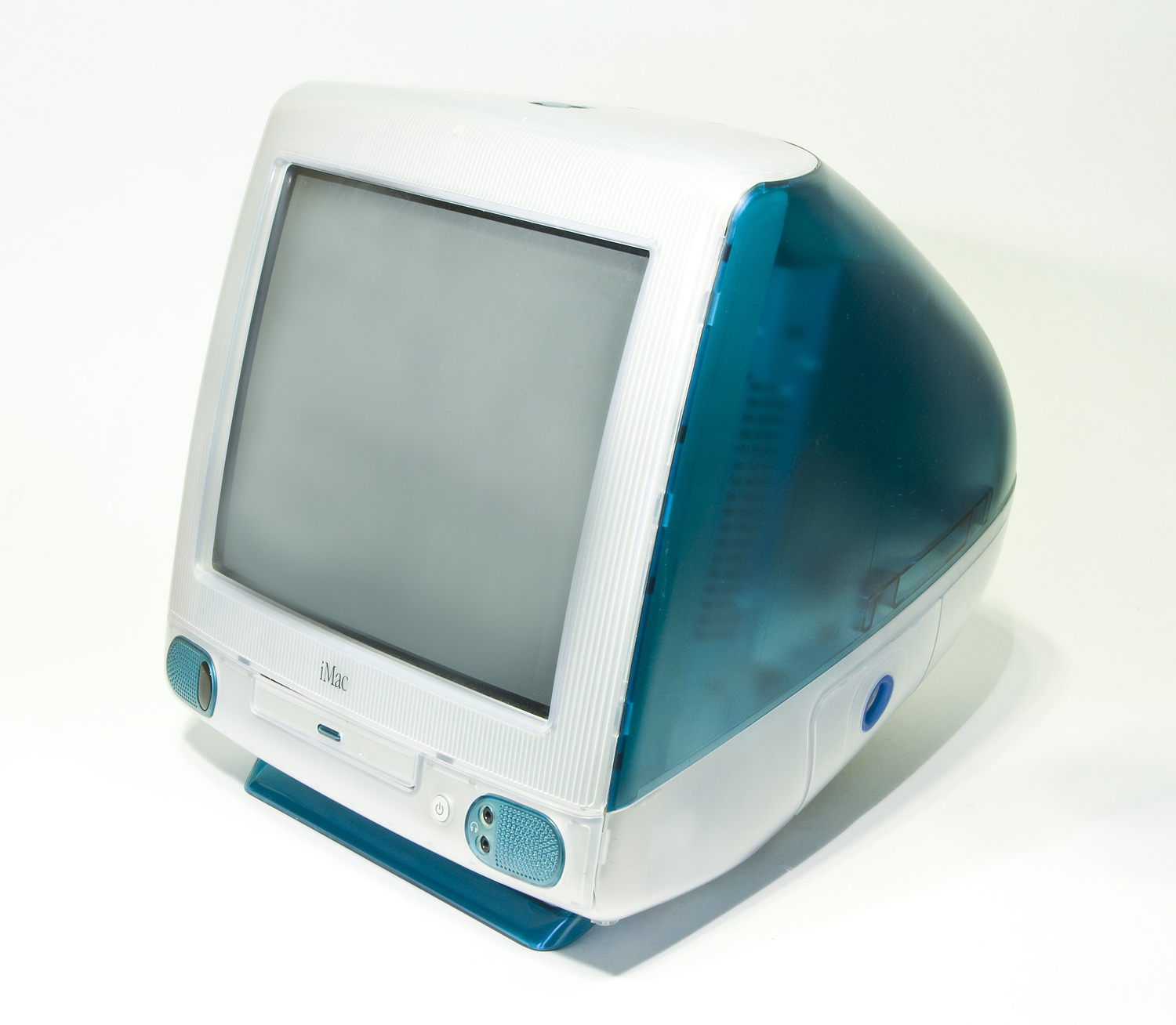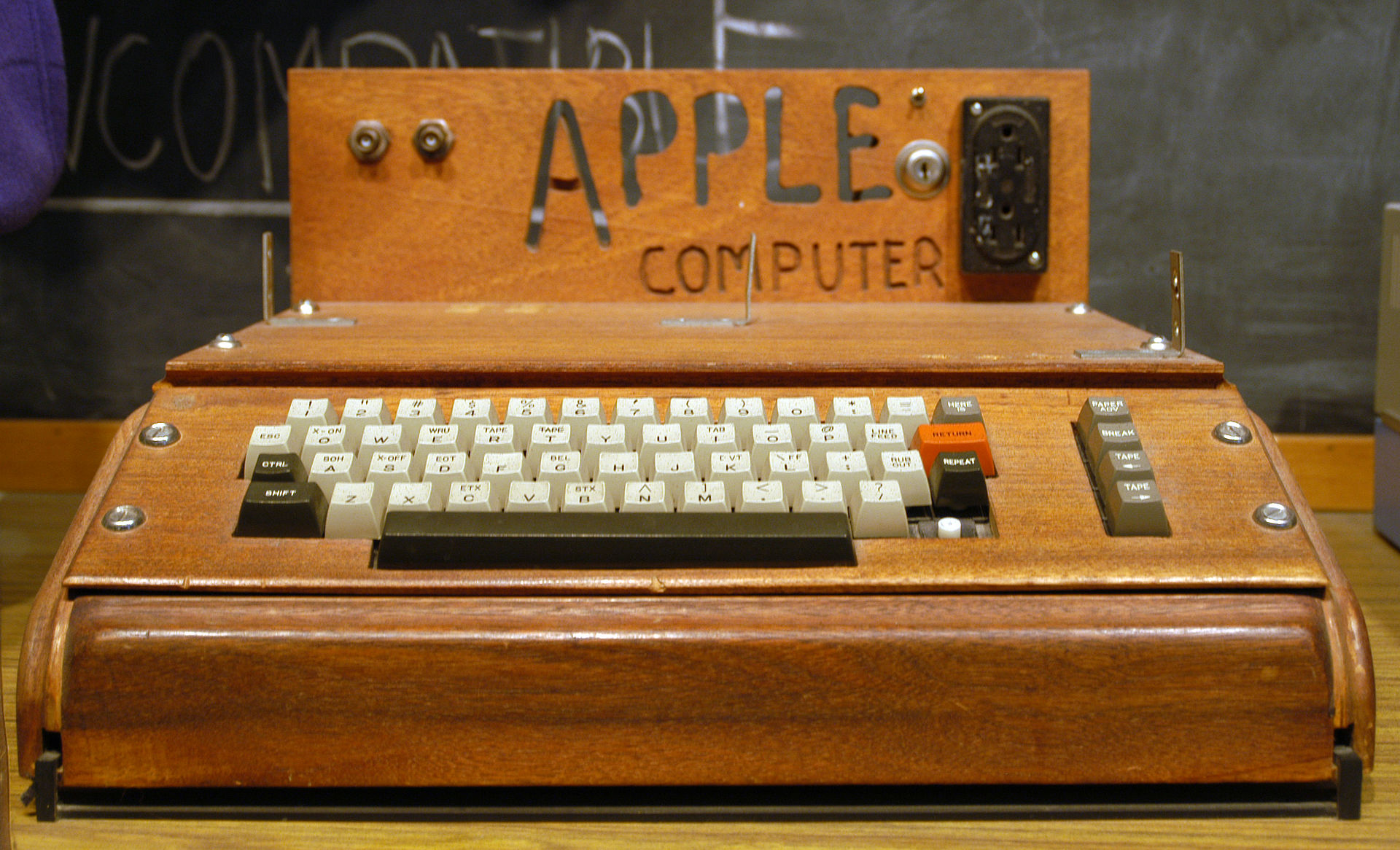

- #Old apple computers color portable#
- #Old apple computers color android#
- #Old apple computers color software#
- #Old apple computers color Pc#
In 1974, LOMAC (Logical Machine Corporation) released the Adam. The David is not the first computer released by Logical Business Machines. LOGICAL MACHINE CORPORATION (LOMAC) David The L-XT uses a 16-bit Intel 8088 CPU with 192KB RAM, and equipped with a 5.25'' floppy drive unit (320 KB capacity) and a 10 MB hard disk (upgradable to 60 MB). It was announced at the 1983 COMDEX Fall in Las Vegas, and commercially available in March 1984. The L-XT was the last computer released by Logical Business Machines, after the Adam, the David, the Tina and the Goliath in 1982. David and Goliath names makes a clear reference to the mythical story found in the biblical Book of S. Goliath could be connected to up to 20 Davids or Tinas. There was also the Goliath, a data storage server with 5MB hard drive. It seems to have the same specs as David but with two 8'' floppy disk drives. In 1978 they produced Tina which stands for "TINy Adam". The Adam was the first computer released by Logical Machine Corporation (LOMAC) in 1976. David and Goliath names makes a clear reference to the mythic.

In 1983 Logical released the David, and the L-XT in 1983. In 1978 they also produced Tina which stands for "TINy Adam". The Adam was the first computer released by Logical Machine Corporation (LOMAC) in 1975. Up to 20 Tina or David computers can link to Goliath as a distributed data processing system. The unit, which also houses the controller, may have memory ranging from 64K to 256K and capacity for up to 20 terminals. It has a capacity for 10 MByte, 30 MByte or 50 MByte of fixed disk storage and 10 MBytes of removable storage. Logical’s Goliath is a server or disk file storage device has it was described at the time. LOGICAL MACHINE CORPORATION (LOMAC) Goliath The processor is faster than the one used in the IBM PC, a.
#Old apple computers color Pc#
The STM PC is based on an Intel 80186 processor and two quadruple-density disk drives. This computer incorporates a lot of features in a compact case, which was quite innovative at the time: built-in LCD display, printer, modem, phone and disk drives !
#Old apple computers color portable#
This extremely rare computer is Portable PC (IBM compatible) conceived in the same plastic case as the Pied Piper, released by the same company in 1983.
#Old apple computers color software#
Up to 120 characters could be software redefined by the. One of the main features of the Micromind was its innovative (for the time) redefinable characters. Apparently only a few prototypes were produced.ĭevelopment began as early 1975/1976 but commercial adverts appeared only in 1977.

The Micromind was a very innovative machine ahead of its time ! But despite the small group working on the machine, prototyping and developing, and pushing the limits of the time, the machine never shipped. There are actually 1286 systems in the museum. Have a trip down memory lane re-discovering your old computer, console or software you used to have. He doesn’t run or cycle as much as he should.Welcome to, the most popular website for old computers. In his spare time, Dan enjoys spending time with his family, watching sport and drinking beer.
#Old apple computers color android#
Dan has also given talks on upcoming tech trends.ĭan is completely platform agnostic, equally at home on Windows, macOS, Android and iOS and uses all four on a regular basis. As a tech pundit, Dan has also been quizzed and quoted for a wide variety places including BBC World Service and News Online, Sky News Swipe, The Sun, BBC Radios 4 and 5Live and has also been interviewed on Channel 4 News, ITV News and Sky News. He has also written a book, 1000 Life Hacks, featuring lifestyle tips and tricks across various topics including tech, parenting, fashion, home and DIY. Dan has also written for a huge amount of magazines and websites including The Big Issue, MacFormat, Maximum PC, Official PlayStation magazine and Web User. He was also part of the team that launched TechRadar where he rose to deputy editor. Based near Bath, UK, Dan stepped up to Pocket-lint from T3.com where he relaunched the UK lifestyle and technology site after a spell launching and editing Lifehacker UK. He’s a regular at tech shows like CES, Mobile World Congress (MWC) and IFA as well as other launches and events. Dan Grabham is the former associate editor at Pocket-lint working across features, news and reviews and has extensive experience writing about computing, mobile and internet topics.


 0 kommentar(er)
0 kommentar(er)
